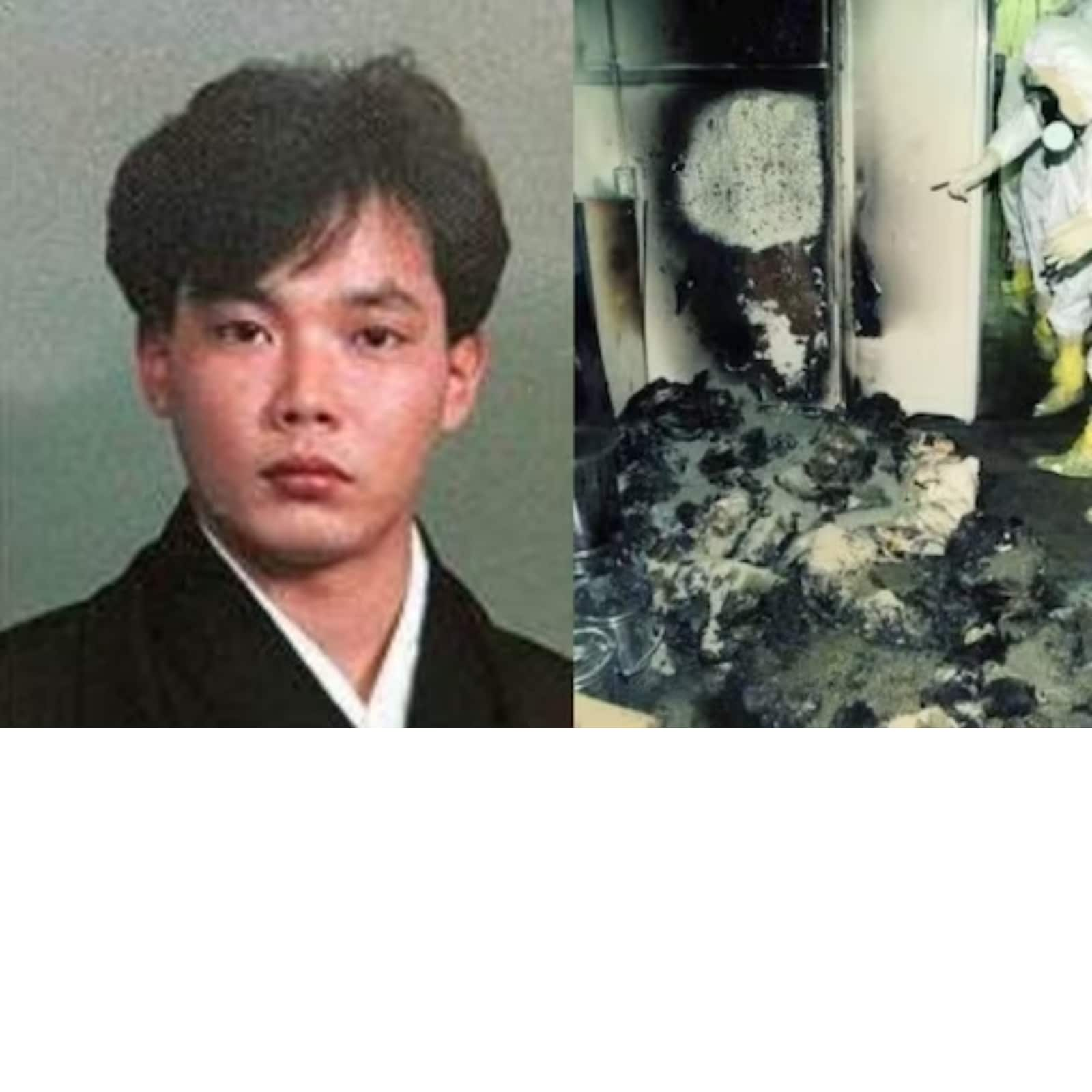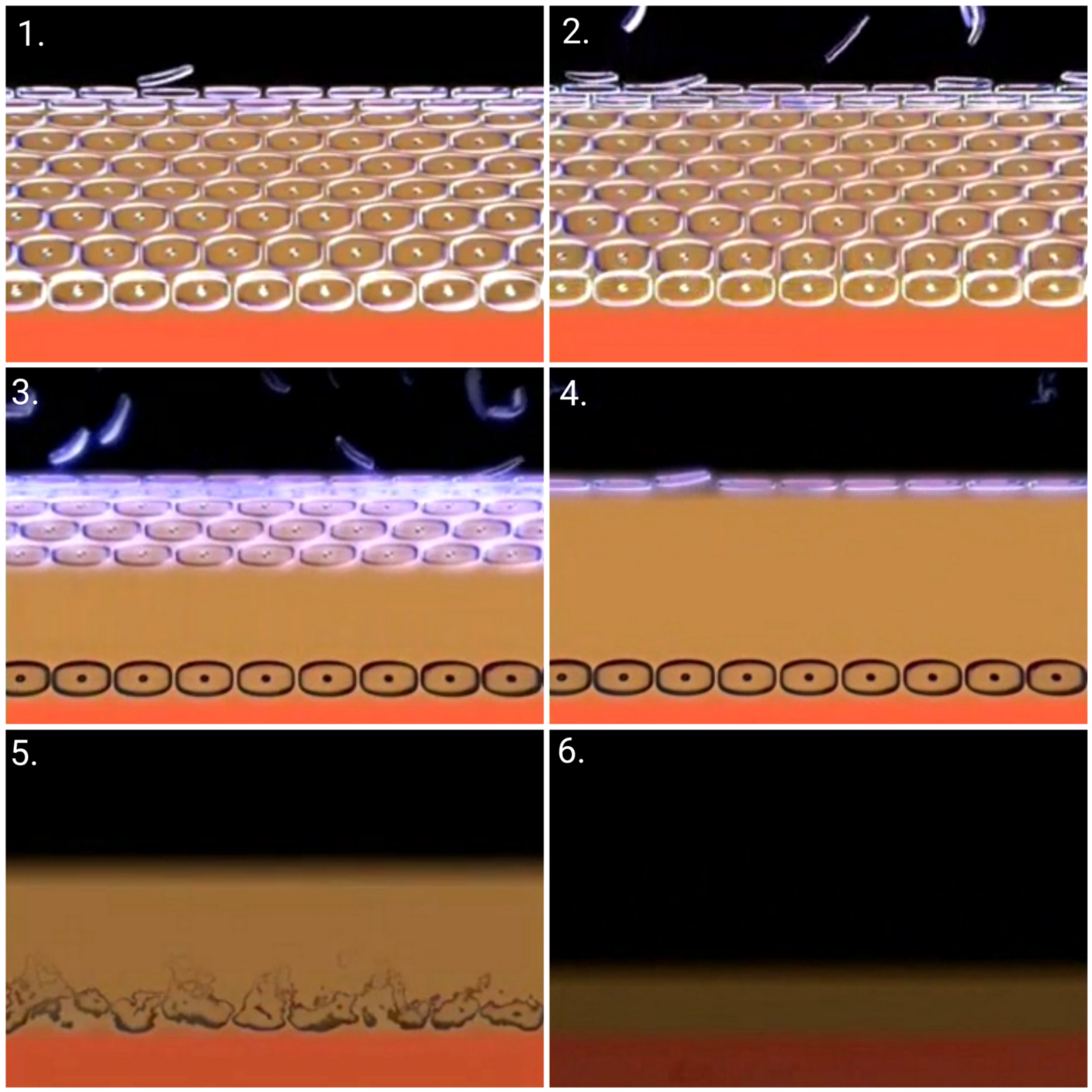When you dive into the world of nuclear disasters, you can’t help but stumble upon stories that leave a mark on your soul. Among these, the name Hisashi Ouchi stands out like a stark reminder of the devastating consequences of human error and nuclear energy gone wrong. Hisashi’s story is more than just a tragedy—it’s a heartbreaking chapter in history that continues to resonate with anyone who dares to look closely at the photos capturing his final days.
It’s not every day you come across a story that makes you pause and reflect on the fragility of life. But Hisashi Ouchi’s tale is one of those moments that forces you to confront the harsh realities of our modern world. His story isn’t just about a man caught in the crossfire of a nuclear accident; it’s about the people, the systems, and the choices that led to his untimely demise.
So, why are we talking about this? Because Hisashi’s story isn’t just a footnote in history books. It’s a lesson, a warning, and a call to action for all of us to understand the risks and responsibilities that come with harnessing nuclear power. Let’s take a deep dive into the life, the tragedy, and the lasting impact of Hisashi Ouchi.
- Ullu Web Series Movierulz Watch Online Guide Legal Ways
- Vegamovies Justwatch Your Guide To Streaming Legally
Table of Contents
- Biography of Hisashi Ouchi
- The Accident That Changed Everything
- The Photos That Told a Thousand Words
- Medical Details Behind the Tragedy
- Human Error and Its Role
- The Aftermath of the Tokaimura Accident
- Lessons Learned from Hisashi’s Story
- Impact on Nuclear Safety Regulations
- Remembering Hisashi Ouchi
- Conclusion
Biography of Hisashi Ouchi
Before we dive into the tragic details, let’s take a moment to remember who Hisashi Ouchi was. Born in Japan, Hisashi was an ordinary man with dreams, aspirations, and a life ahead of him. He worked at the JCO nuclear fuel processing plant in Tokaimura, a small town where life seemed simple and uncomplicated.
Personal Data of Hisashi Ouchi
| Full Name | Hisashi Ouchi |
|---|---|
| Date of Birth | February 24, 1968 |
| Place of Birth | Japan |
| Occupation | Worker at JCO Nuclear Fuel Processing Plant |
| Date of Incident | September 30, 1999 |
Hisashi’s life wasn’t all about work. Like many of us, he had hobbies, friends, and family who loved him dearly. But on that fateful day in 1999, everything changed in an instant. Hisashi became a symbol of the dangers of nuclear power, a role he never signed up for.
The Accident That Changed Everything
Let’s rewind to September 30, 1999. It was just another day at the JCO plant, or so everyone thought. But as Hisashi and his colleagues were preparing a batch of uranium solution, something went terribly wrong. Instead of following proper safety protocols, they decided to mix the solution in a stainless-steel bucket, which triggered a criticality accident—a self-sustaining nuclear chain reaction.
- Filmyfly Your Guide To Bollywood Hollywood South Movies
- Kannada Movie Craze Exploring New Releases Online Platforms
Imagine this: in a split second, Hisashi was exposed to a lethal dose of radiation. The numbers are staggering—his body absorbed over 17 sieverts of radiation, a dose that’s almost impossible to survive. For context, anything over 5 sieverts is considered fatal.
What Happened Next?
- Hisashi was rushed to the hospital, where doctors fought tirelessly to save his life.
- His body was so damaged that it couldn’t produce white blood cells, leaving him vulnerable to infections.
- He endured 83 days of unimaginable pain before succumbing to his injuries.
It’s hard to wrap your head around the sheer horror of what Hisashi went through. But the photos that emerged from his treatment tell a story that words alone can’t capture.
The Photos That Told a Thousand Words
When you see the photos of Hisashi Ouchi, it’s impossible not to feel a wave of sadness wash over you. These images aren’t just documentation of a medical case; they’re a testament to the human cost of nuclear accidents. Hisashi’s body was so ravaged by radiation that it became unrecognizable.
But why do these photos matter? They matter because they serve as a reminder of the dangers lurking in the shadows of our quest for energy. They matter because they humanize a tragedy that could easily be dismissed as just another statistic.
Why Are These Photos Important?
- They highlight the severe consequences of nuclear accidents.
- They bring attention to the importance of safety protocols.
- They remind us that behind every headline is a person with a story.
So, when you look at these photos, don’t just see the horror. See the lessons they teach us about responsibility, accountability, and the need for change.
Medical Details Behind the Tragedy
From a medical standpoint, Hisashi’s case was unprecedented. Doctors around the world watched in awe and sorrow as they tried to understand how the human body reacts to such extreme radiation exposure. Here’s what they learned:
Hisashi’s skin began to peel off in large patches, his internal organs were severely damaged, and his blood cells were destroyed. Despite numerous blood transfusions and skin grafts, his body simply couldn’t keep up with the damage. It was a race against time that no one could win.
Key Medical Findings
- Extreme radiation exposure leads to rapid cell death.
- Blood transfusions can only do so much in severe cases.
- Skin grafts are often ineffective when the underlying tissue is compromised.
These findings have since been used to improve emergency response protocols in nuclear accidents, ensuring that future victims have a better chance of survival.
Human Error and Its Role
As we dig deeper into the Tokaimura accident, it becomes clear that human error played a significant role. The workers at the JCO plant didn’t follow basic safety procedures, and the company failed to enforce proper training and oversight.
It’s easy to point fingers, but the truth is that accidents like this happen when we prioritize profit over people. When corners are cut and rules are ignored, the consequences can be catastrophic.
Preventing Future Disasters
- Strict adherence to safety protocols is non-negotiable.
- Regular training and drills are essential for all employees.
- Companies must be held accountable for their actions.
By learning from Hisashi’s story, we can take steps to ensure that no one else has to suffer the way he did.
The Aftermath of the Tokaimura Accident
In the wake of the Tokaimura accident, Japan and the rest of the world were forced to reevaluate their approach to nuclear energy. New safety regulations were implemented, and public trust in nuclear power plants was shaken to its core.
But the impact wasn’t just limited to policy changes. The accident sparked a global conversation about the risks and benefits of nuclear energy. It made people question whether the potential rewards were worth the inherent dangers.
Global Reaction to the Accident
- Increased scrutiny of nuclear facilities worldwide.
- Public protests against nuclear energy in several countries.
- Greater emphasis on renewable energy sources as alternatives.
Hisashi’s story became a rallying cry for change, and his sacrifice wasn’t in vain.
Lessons Learned from Hisashi’s Story
As we reflect on Hisashi Ouchi’s tragic journey, it’s important to extract the lessons that can guide us moving forward. Here are a few key takeaways:
- Human life is priceless, and no shortcut is worth the risk.
- Transparency and accountability are crucial in high-risk industries.
- Education and awareness can prevent future tragedies.
Hisashi’s legacy is one of caution and compassion. His story reminds us that we have a responsibility to protect not just ourselves, but future generations as well.
Impact on Nuclear Safety Regulations
The Tokaimura accident had a profound impact on nuclear safety regulations worldwide. Governments and organizations scrambled to update their guidelines, ensuring that such a disaster would never happen again.
But change doesn’t happen overnight. It takes commitment, collaboration, and a willingness to learn from past mistakes. And while progress has been made, there’s still much work to be done.
Key Regulatory Changes
- Stricter enforcement of safety protocols in nuclear facilities.
- Improved emergency response plans for accidents.
- Enhanced public communication and transparency.
These changes are a testament to the power of learning from tragedy and using it as a catalyst for positive change.
Remembering Hisashi Ouchi
As time passes, it’s easy to forget the names and faces behind the headlines. But Hisashi Ouchi’s story is one that deserves to be remembered. He wasn’t just a victim of a nuclear accident; he was a human being with a family, friends, and dreams.
So, how do we honor his memory? By continuing the conversation, by advocating for safer practices, and by ensuring that his sacrifice wasn’t in vain. Hisashi’s legacy lives on in every safety protocol that’s followed, every life that’s saved, and every lesson that’s learned.
Conclusion
Exploring Hisashi Ouchi’s tragic story isn’t just about understanding the past; it’s about shaping the future. Hisashi’s experience teaches us that the stakes are high when it comes to nuclear energy, and that we must never take safety for granted.
We invite you to share this article, to keep the conversation going, and to educate others about the importance of responsible energy practices. Together, we can honor Hisashi’s memory by striving for a safer, more sustainable world.
Let’s not let this story fade into obscurity. Let’s make it a beacon of hope and a call to action for all of us. Because in the end, it’s not just about Hisashi—it’s about all of us.
- Jaat 2025 Movie Buzz Release Date Cast More Details
- Kannada Cinema 2025 Best Kannada Movies Amp Safe Streaming


